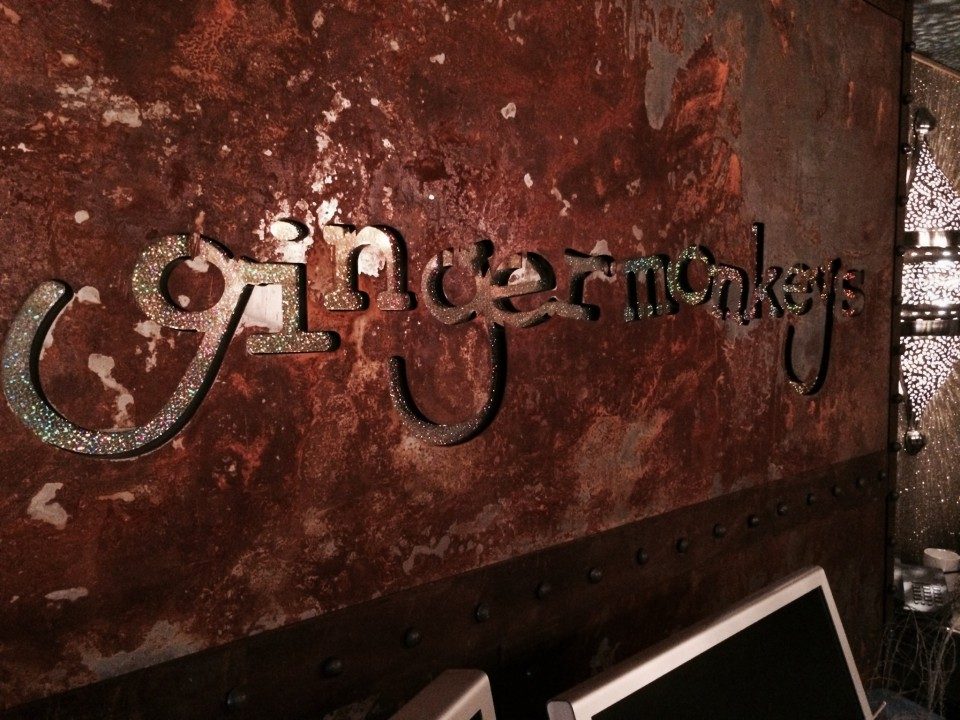HOW TO USE COLOUR SCHEMES TO BOOST OFFICE PRODUCTIVITY

Design Your Office to Bring Out the Best in Your Employees
July 18, 2016
Exciting Office Design Trends for 2016
August 5, 2016HOW TO USE COLOUR SCHEMES TO BOOST OFFICE PRODUCTIVITY

Colour can have a profound effect on human emotion and behaviour. For centuries artists have manipulated colour, using different hues to influence the way humans respond to their art. The same principles can be applied to office design, using colour to stimulate collaboration, creativity and cooperation. Understanding the basics of colour psychology can help you to design a space that gets the most out of your employees. Here’s our guide on how colour affects employee behaviour and how to harness its power to maximise business results:
Employees are most productive in offices painted blue
Studies have shown that employees are most productive and confident in offices with predominantly blue colour schemes. Blue has a calming effect upon humans and has been proven to reduce stress by lowering blood pressure and heart rate. Because of this, blue used to best effect in busy, deadline-driven office environments.
Blue also promotes communication, trust, and efficiency between colleagues, as well as helping people with creativity by opening the mind to new ideas. This makes it ideal for rooms that are use for brainstorming or collaboration. However, many people associate blue with feelings of sadness. Too much blue can generate feelings of despondency and can severely hamper workplace morale.
Furthermore, the colour of a wall can actually change how a person perceives the temperature. Cool colours, such as blue, can cause workers to feel much colder than it actually is. Temperature can significantly reduce levels of productivity – around 2% of office hours wasted due to temperature alone.

Green is ideal for employees that work long hours
Humans closely associate the colour green with the natural environment. Because of this, green symbolises growth, rejuvenation, harmony and balance. Decorating an office with a pleasant shade of green can help reduce anxiety among staff and help clients to feel more comfortable. Research has also linked green to improved creative performance, making it a good colour choice in an office where innovation is paramount to success.
Green is also a suitable choice in offices where employees are often required to work long hours. The human eye perceives green in a way that requires no adjustment, meaning it does not contribute to eye fatigue and is beneficial to those who suffer from screen-induced eye strain.
Use red in environments requiring physical activity
Red has been proven to energise humans by increasing heart rate and respiration. As a result, when humans see the colour red, their reactions become faster and more forceful. While this is suited to environments that require plenty of physical activity, such as a gym, red colour schemes are not suited to offices where employees may be sat at a desk for long hours, unable to release excess energy.
However, a study by the University of British Columbia found that red boosts performance when employees have detail-oriented tasks such as proofreading or tasks that involve memory retrieval. In addition, red is universally used to draw attention, for instance on warning signs. If there is anything in your office that you want to draw attention to – paint it red.
Be cautious of where you use the colour yellow
Often viewed as a colour of optimism and energy, yellow is believed to trigger innovation among employees and is best used in creative spaces. However, too much yellow can cause anxiety. Studies have found that people are more likely to lose their temper in yellow rooms, making it unsuitable for meeting or conferences rooms or areas where high-pressure situations may arise.
Yellow is also unsuitable in offices that receive plenty of natural light. Yellow reflects a lot of light and can cause eye strain by by over-stimulating the eyes. This can annoy and irritate employees, significantly reducing their productivity.

Orange is one of the most stimulating colours
Research has found that orange can actually increase oxygen supply to the brain. This produces an energising effect and stimulates brain activity. Ancient Feng Shui principles also hold that orange stimulates focus, concentration and promotes organisation. This makes orange a great option for high-energy meeting rooms or in offices where employees need endurance to work long hours.
However, it is best used as an accent colour as over-saturation of orange can increase appetite. This means that employees working in offices with predominantly orange colour schemes are easily distracted by hunger pangs.
Neutral hues work well as accent colours
White, grey and cream wall colours are not particularly stimulating on their own but work well when combined with other brighter colours. For instance, monochromatic looks can cause employees to lose focus, but employees are likely to maintain concentration in offices that combine white walls with coloured accents. Natural colours can also create a sense of spaciousness when paired with plenty of natural light. Not only does this give the illusion of a space being larger than it actually is, it also conveys feelings of sterility and cleanliness among both employees and clients.
Author – OWD
Article Source – http://www.wedesigninteriors.co.uk/how-to-use-colour-in-office-design/

